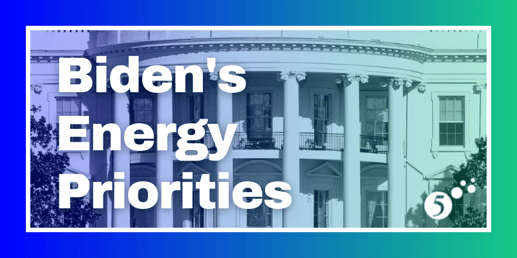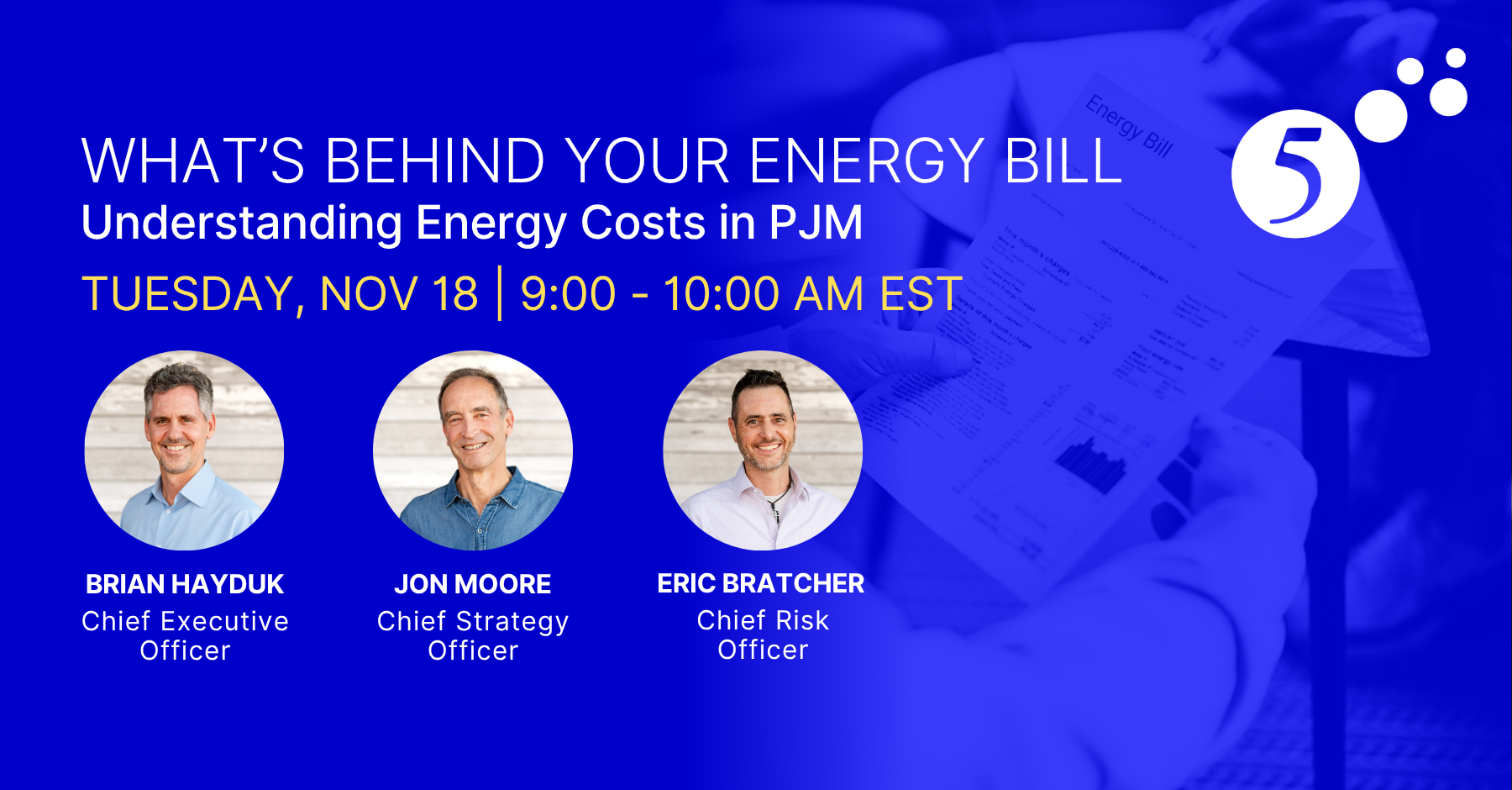
There are several interesting developments in Washington D.C. that could impact the nation’s energy markets. With the death of Alcee Hastings (D-FL) last month, the Democratic majority in the House shrank to a mere six votes and the Senate remains split at 50/50. The razor-thin Democratic majority means it is unlikely that Congress will use the traditional legislative process to pass new energy-related legislation. Instead, as was the case with the stimulus bill, the Biden Administration is expected to use the budget reconciliation process to pass an energy bill at some point this calendar year.
A fact sheet titled “The American Jobs Plan” spelled out President Biden’s key energy priorities at a very high level. Two new energy policies highlighted in the fact sheet are particularly interesting: (i) a stand-alone tax credit for energy storage projects, and (ii) a direct pay alternative for renewable tax credits. Without new legislation, storage only qualifies for tax credits if it is combined with eligible solar projects, limiting the incentives for the installation of storage systems. With a stand-alone storage credit, there could be a significant increase in the number of storage projects. Some believe that this new credit will increase storage projects by 20-25% over the next 5 years.
The direct pay option is another Biden initiative that could accelerate the development of renewable power projects. Under current regulations, a developer or owner can only realize the benefit of the tax credits to the extent of its tax liability. Direct pay allows project owners and developers to receive tax refunds in amounts that are independent of their tax liability. If the tax credit exceeds the party’s tax liability, the party is paid a tax refund in the amount of this excess. A direct pay alternative simplifies the challenge of structuring renewable power deals by eliminating the cost and complexity of arranging tax equity. Like the stand-alone credit for storage systems, a direct pay option should accelerate the development of a wide variety of renewable power projects.
The Biden Administration is also increasing efforts to expand the number of offshore wind farms along the East Coast. The 800 MW Vineyard Wind project, located off Cape Cod, was approved by the federal government after decades of debate around the viability of U.S offshore wind initiatives. This $3 billion project will be the first utility-scale wind farm in federal waters with 84 turbines located 12 nautical miles south of Martha’s Vineyard. The approval of this project is a significant step toward the Biden Administration’s goal of installing 30 GW of offshore wind by 2030. The administration is also making progress on another utility-scale wind project called Ocean Wind. This wind project will be located 15 miles off the coast of New Jersey and is expected to be even larger than Vineyard Wind, with 90 turbines producing 1,100 MWs of generating capacity. Each wind turbine will have a capacity of approximately 12 MWs, produced from rotor blades that are 722 feet in diameter and mounted to towers that are 853 feet tall.
According to the US Department of Energy, offshore wind farms have the potential of producing 2,000 GWs of electricity from units along the coastal United States and in the Great Lakes. This is almost twice the generating capacity of every power plant in the country. The fact that the country’s largest population centers (and users of electricity) are situated near a coastline is another factor that highlights the importance of increasing the amount of offshore wind assets.
There are, however, several technical and environmental challenges that need to be overcome. Higher corrosion rates, from exposure to seawater, increased maintenance costs, and adequate foundations required for deep water platforms are some of the technical problems that need to be addressed. Additionally, there is a significant amount of planning and engineering required to connect offshore wind platforms to a utility’s transmission grid. Environmentally, understanding the impact offshore wind farms may have on avian and marine life is important. Researchers are evaluating how increased electromagnetic radiation may affect sea surface, airborne, and subsurface ecosystems. Despite these challenges, offshore wind has the potential to make an overwhelming contribution to meeting this country’s growing electricity demand and carbon reduction goals. The most recent actions and initiatives from the Biden Administration are a good step in that direction.


-1.png)